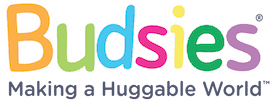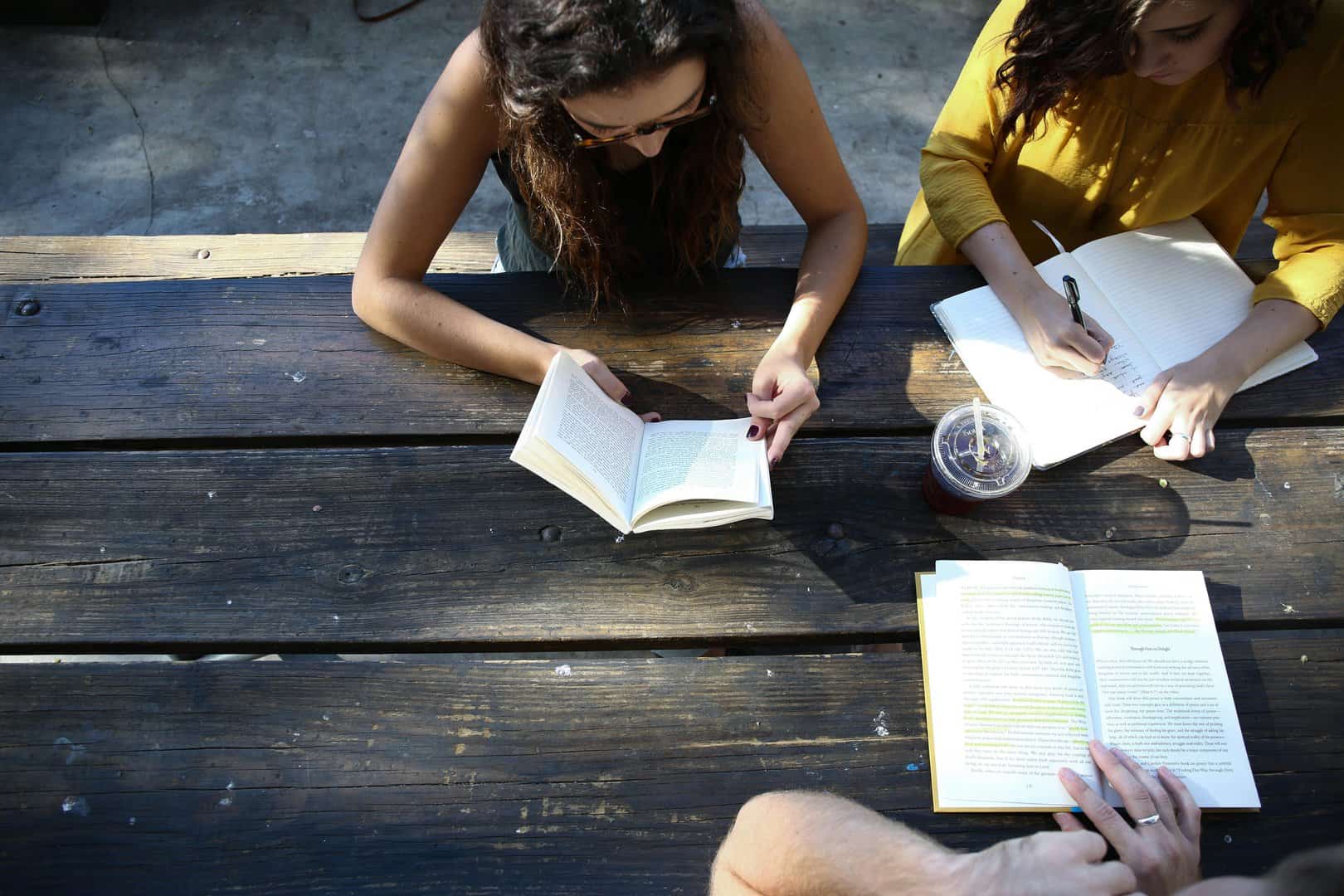Collaborative learning results in effective teamwork, a vital aspect of improving communication skills among children. It is an educational approach introduced to help students play an active role in learning by doing all the work themselves. It allows students to share their ideas, skills, knowledge, and strengths.
21st-century learning is equipped with tools and technologies that take learning beyond the subject matter, helping students adapt to various aspects of gaining and developing skills. These skills include creativity, critical thinking, collaboration, and communication.
In this article, we will learn about the importance of a collaborative approach through group activities and how it can foster teamwork and communication skills among children.
If you’re an educator looking for an enhanced tuitional forum or other research paper discussion on similar topics to find all the necessary equipment, FreelanceFolder is one of the most popular. It offers students the necessary information and equipment to improve their learning abilities.
Overview of Collaborative Learning
Educators agree that group activities for child development are important!
However, with collaboration learning comes efficient teamwork and communication skills, providing students with a structured way to enhance their skills.
Collaborative learning is an instructional method in which students work together in small groups to achieve a common goal. The goal can be completing an assignment, preparing a presentation, learning a topic, or more.
It allows students to collaborate to understand the concepts, create projects, and complete assignments.
Collaboration learning through group activities is characterized by sharing a learning group where students share roles and responsibilities. The major role of the teacher here is to observe and facilitate the group and evaluate how well these groups have performed.
The Advantage of Collaborative Learning on Student Outcomes
A proven track record reinforces the idea that collaborative learning helps foster teamwork in children. Cooperative learning in the classroom helps boost academic achievement and develops students’ critical thinking and problem-solving skills.
A few additional benefits of cooperative learning techniques in classrooms include:
- Students are likely to have increased engagement and motivation in the class.
- Helps develop teamwork and interpersonal skills among the students.
- Students develop more positive attitudes towards their peers and school.
- The collaborative approach enhances the students’ self-esteem and psychological health as they navigate group learning and teamwork skills.
Cooperative Learning Techniques in Classrooms: Student’s Role
There are various methods through which teachers and educators can implement collaborative learning among students.
Considering the advantage, it offers in fostering teamwork and communication skills in kids, different educational institutions and schools have implemented collaborative learning in multiple ways.
A few main things that students must consider include the following:
- Assigning roles: When the teacher assigns roles to each student and divides up the tasks depending on the roles, students come together to fulfill their roles and complete the tasks assigned to them.
- Listening actively and resolving conflicts: Well-structured collaborative learning requires leadership, communication, and accountability. Therefore, students are required to listen actively and resolve the arising conflicts.
- Justify ideas: Students must be able to work together to support the main goals of the project, learning, or idea. They must also provide constructive feedback on their and the group’s understanding of the task.
- Collaboration: Collaboration should be the core learning idea among students, ensuring that all their members cooperate in building a project, a concept, or an assignment.
Exploring the Collaborative Learning Approach
Collaborative learning is an instructional method, and when the approach is implemented correctly, it offers various advantages to students and helps enhance their learning through teamwork and better communication skills.
Types of Collaborative Learning Structure
There are a number of strategies used in cooperative learning:
- Pairs: Students in this course work in groups of two, which promotes close collaboration and accountability. The pair is chosen when the assignment or task assigned to them is shorter.
- Triads: These are groups of three students to promote a broader perspective. Students interact in a small team to generate ideas.
- Small teams: They usually consist of 4-5 members. The small squad allows students to practice teamwork, task assignment, and more.
- Whole class structure: The entire class comes together to build a community and promote peer teaching where each student can share their ideas and perspectives.
Designing an Effective Collaborative Learning in the Classroom
A well-structured collaborative learning involves a follow-up four-phase sequence including:
- Pre-instruction: This is when teachers explain the objectives, tasks, the group’s expectations, and the result.
- Instructional task: In this phase, students work together to achieve the expectations set by their teacher and complete the assignment.
- Monitoring progress: Teachers are responsible for observing each group’s activity and offering guidance as necessary. They also offer their support through reading materials and provide the necessary information as required.
- Reflection: In this phase, the group shares their externals and findings with guidance from the teacher. It is a necessary step for metacognitive development.
Examples of Cooperative Learning Activities
Collaborative learning is not a newly discovered way of learning. It is only now that it is getting more recognition and importance, and as a result, most schools and educational institutions are reinforcing this learning approach.
Collaborative e-learning should align with the goals to set clear objectives. A few examples of the learning include:
- Elementary: Students form a team to create a poster illustrating the solar system. This helps them develop geographical knowledge and group work skills.
- Middle school: An instrumental circle where students of various ethnicities play different instruments to perform a single song. Here, they learn teamwork and its results.
- High School: Lab partners in the science lab conduct experiments and analyze the data, which helps reinforce science inquiry through collaboration.
Advantages of Collaborative Learning in Fostering Teamwork and Communication Skills
The role and the advantage of collaborative learning can be defined through the development and enhancement of various skills, such as:
Social Skills
Teachers can help students build social skills by encouraging cooperative learning by assigning roles that require interaction among the students, like each student having to take turns, leading discussions, or recording ideas. Here, they use phrases for respectful disagreement. This is an example of building a social skill where they learn to present their ideas by being respectful to everyone around them.
Enhancing language
Studies show that collaborative learning increases student communication and academic language and terms use. Various effective cooperative learning strategies, like think-pair-share, appointing students to paraphrase ideas and roles, and requiring verbal responses, result in students exploring the vocabulary, finding the proper work, and being descriptive about their ideas and terminologies. This results in enhanced language.
Reflective Group Processing
Reflective group processing gives each student an idea of how effectively they collaborated. They can view their results, teacher feedback, and what can be done better in the following collaborative project to achieve a better outcome. Processing develops metacognitive awareness of effective teamwork as they record takeaways and implement them next time in their next collaboration task.
Collaborative Environment
By implementing the collaborative approach to learning, teachers are showcasing to students a new style of learning that doesn’t require them to depend upon the teacher for learning purposes. They learn to work in teams of their choice. These activities create a balance among the different needs. The grouping can be done academically, randomly, or by choice, based on the student’s skills. Maintaining clean norms helps them build an environment that promotes collaboration.
Wrapping Up
This sums up our article on collaborative learning through group activities and how it helps foster teamwork and communication skills in children. We dived deep into cooperative learning, its importance, roles, and various advantages. If you’re a teacher or an educator trying to implement learning methodologies to help improve communication skills among the children and children themselves with the concept of teamwork, a collaboration approach is the best to give a try!





